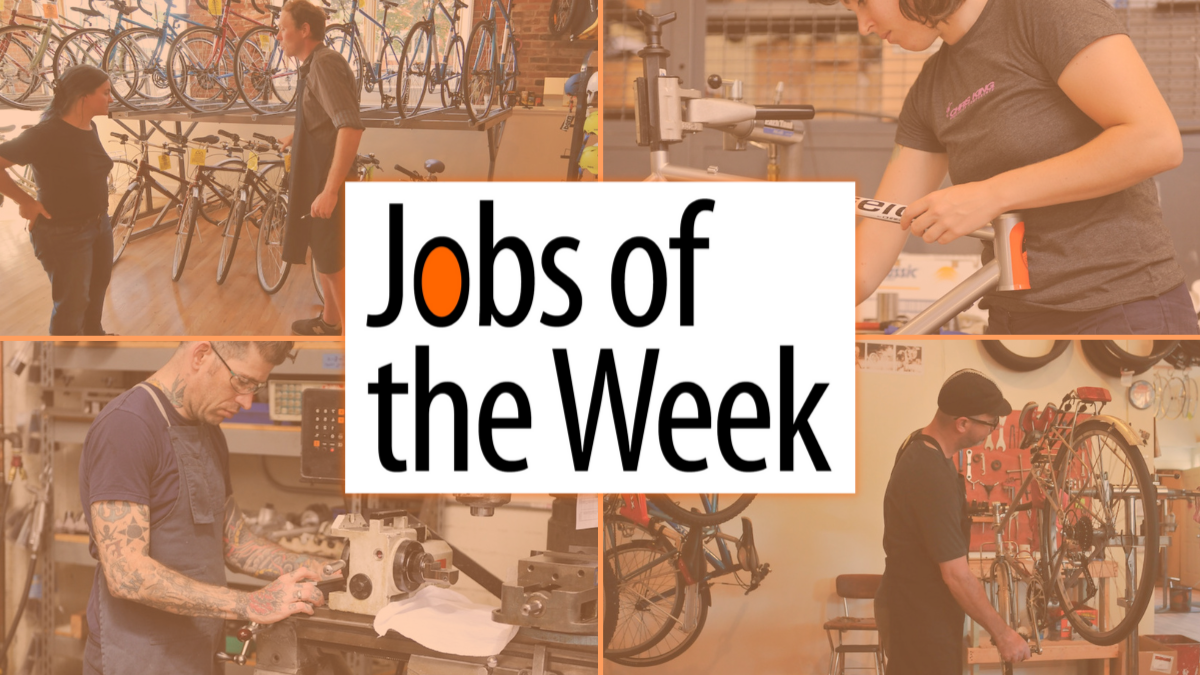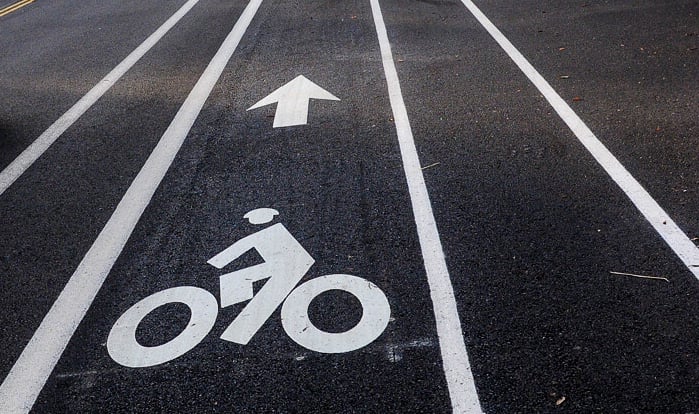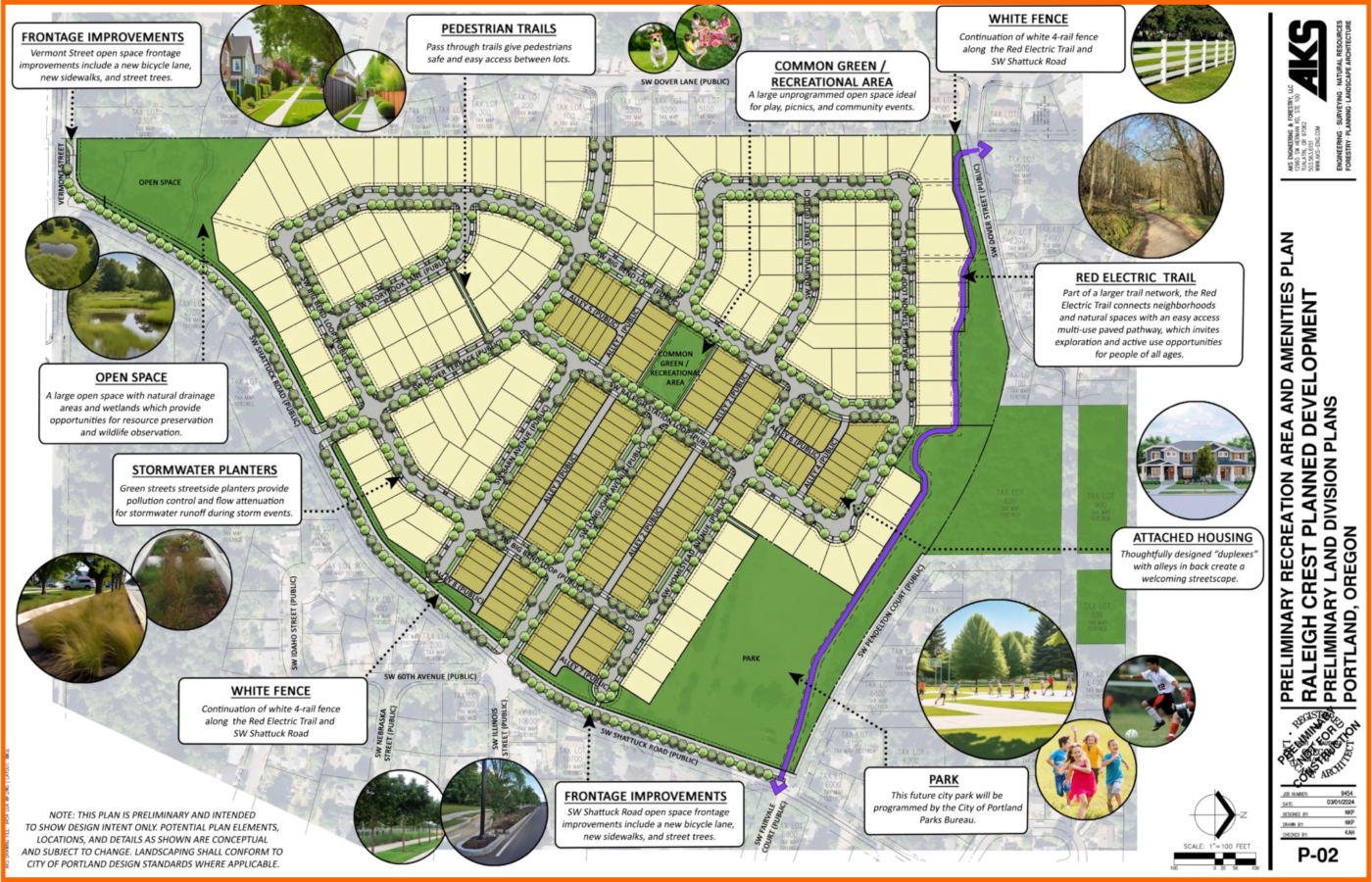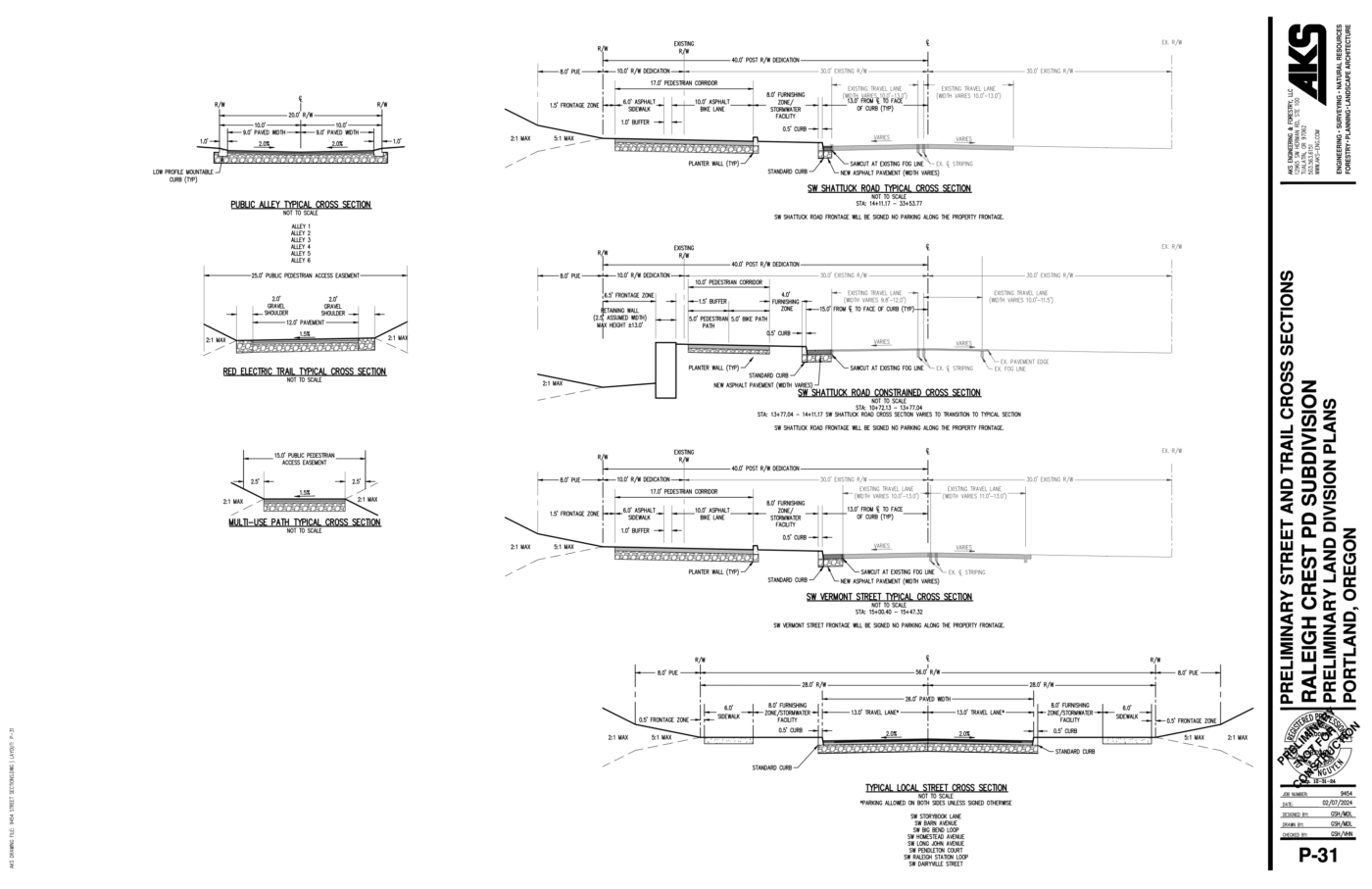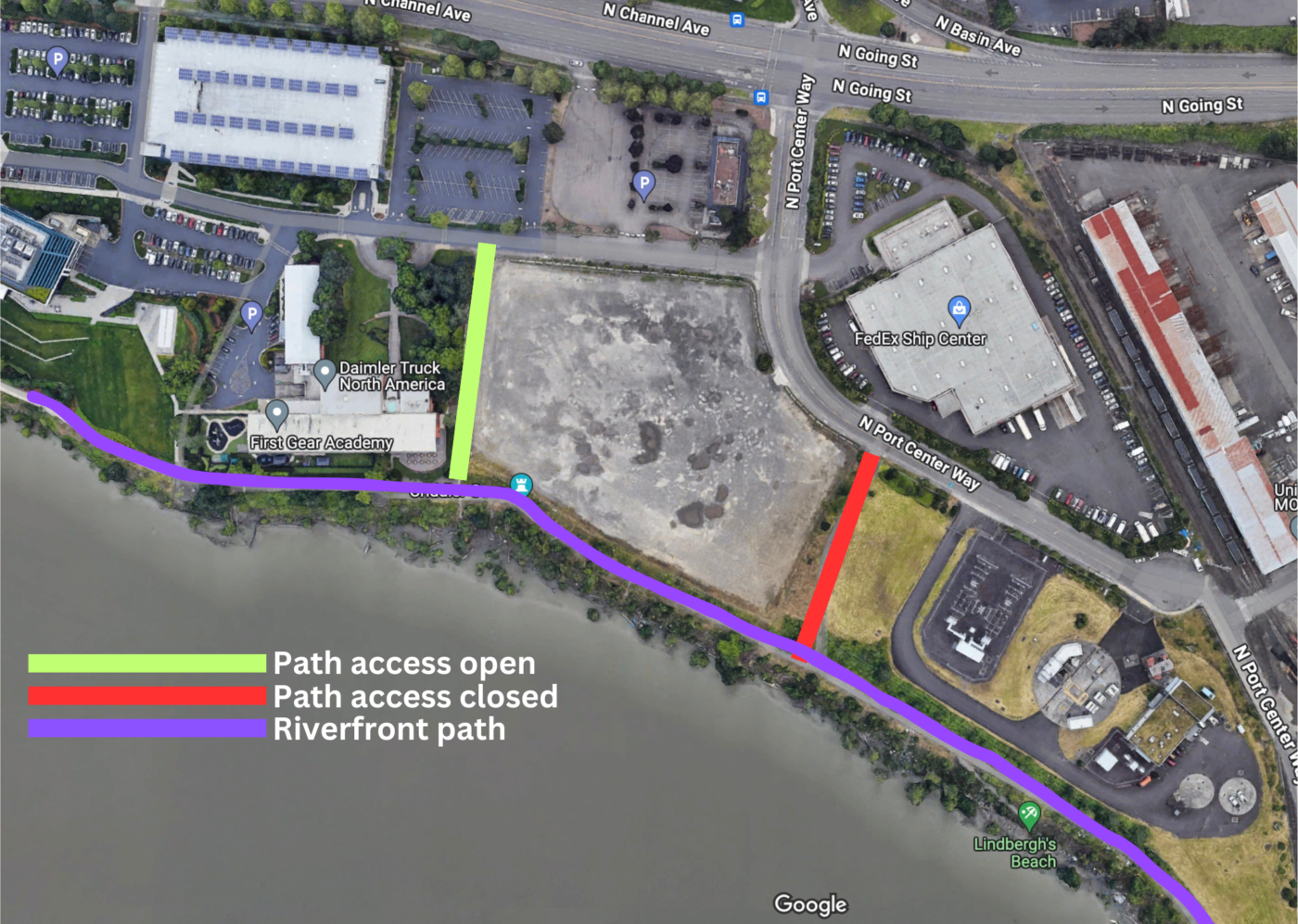Job Title
Seasonal Mechanic (Spring 2024 Opening)
Company / Organization
Community Cycling Center
Job Description
UNION/NON UNION: Non Union
HOURS: Part time or Full time
COMPENSATION: $21 per hour
TERM: Seasonal
SCHEDULE: 4-5 day week, workdays may vary, hours
may fluctuate, will work evenings and weekends
REPORTS TO: Processing & Production Manager
and Retail & Workspace Manager
BENEFITS: Sick Time, $200 Used Parts Allowance
Organizational Overview
We love Portland and bikes. So we put our two loves together 30 years ago, creating a nonprofit organization on a mission to broaden access to bicycling and its benefits. Our goal is to help build a healthy, sustainable, and vibrant Portland for all community members. Our vision is to help build a vibrant community where people of all backgrounds use bicycles to stay healthy and connected. We believe that all Portlanders—regardless of income or background—should have the opportunity to experience the joy, freedom and health benefits of bicycling. This is the motivation behind everything we do.
The Shop Department of the Community Cycling Center consists of a DIY Workspace and retail storefront, regular salvage sales, and occasional pop-ups and events. This department is a revenue stream to provide funding for community programs.
This position splits time operating out of our warehouse work space and the retail storefront at our membership based workspace in NE Portland. Here at the CCC we value and support one another through the work we do and are committed to working collaboratively to meet our goals. We acknowledge and value diversity and its many intersections. We are proud that people of color, women, neuro-divergent, gender non-conforming and LGBTQIA+ folks choose to work at our organization. We encourage more people from varied and diverse backgrounds to join our lively, talented team.
The Community Cycling Center is an equal opportunity employer and values diversity, equity and inclusion. Individuals with diverse backgrounds, abilities and experiences are encouraged to apply.
GENERAL POSITION SUMMARY
The Seasonal Mechanic is responsible for working service, retail, and production shifts which include the refurbishment of used bicycles and teardown of donated bikes for recycling and to harvest used parts. Based on qualifications, Seasonal Mechanics may also work shifts in the Alberta street DIY Bicycle Workshop. Those shifts will involve monitoring the appropriate use of tools, checking out the correct specialty tools for a variety of projects, enforcing safety and cleanliness guidelines, and answering questions and providing guidance to people using the workspace.Seasonally, shop staff will need to provide retail support at pop-ups and events. Staff in all positions at the shop will also be responsible for providing support to the Programs department as needed. This may include working mechanic shifts at one of our free service events or locations, providing ride support at events, or assisting at a learn to ride event.
Working under the direction of the Shop Leadership Team, they will cultivate the delivery of consistent quality, help meet sales goals and support staff working in their department. Experience in a high-volume shop environment, clear communication skills, and proven effectiveness in supporting staff are crucial to the success of this position.
RESPONSIBILITIES
Production Shifts
• Assess and repair bicycles for retail sale and for use in our programs
• Perform teardowns to harvest parts and recyclable material from donated bikes
• Under the direction of shop leadership and senior staff, work alongside staff to produce quality bicycles and reach inventory and sales goals
Workshop (TBD based on skill)
• Monitor member’s use of the shared workspace
• Be prepared and able to answer any mechanical or bike related questions customers may have, guide them to a resource, or be able to help them research the answer with enthusiasm
• Observe tool and equipment use and instruct proper use of tools and equipment
• Be able to confidently help customers complete projects from beginning to end if they buy one-on-one time with a mechanic
• Instruct organized classes on a variety of bike related topics including but not limited to brake adjustments, shift adjustments, bike care and maintenance, flat repair, tubeless setup and maintenance, wheel build and truing, etc.
• Make sure members are following all safety guidelines for working in the space Sales and Service (TBD based on skill)
• Assist customers with the purchase of used bikes, and new and used parts and accessories during salvage sales, pop-ups and events, and from the retail store at the workshop
• Provide service on customer bikes at the Alberta store
• Perform a la carte, on the spot repairs on bikes during salvage sales, and at pop-ups and events
Programs
• Provide mechanical support to programs for ongoing projects and programs events as needed
General
• Participate with all staff in the ordering process to ensure we have adequate workspace supplies and inventory to support the department’s operation
• Participate in regular tool audits
• Moving & lifting bicycles up to 50 lbs. is a regular part of this job but reasonable accommodation can be made
Other Responsibilities
• Help advance the mission of the Community Cycling Center across all departments
• Contribute to a standard work environment – answer phones, maintain a safe, clean & organized workspace
• Work as directed by senior staff to contribute to the training and support of less-experienced mechanics, including youth interns and apprentices
• Other duties as assigned
REQUIRED SKILLS AND QUALIFICATIONS
• Customer service experience
• Familiarity and working knowledge of a large variety of new and used bicycle related components and materials
2+ years of professional bike mechanic experience
• Experience supervising, training and supporting staff
• Strong interpersonal communication skills
• Strong organizational skills including the ability to manage multiple assignments simultaneously
• Ability to meet project deadlines and account for detailed objectives
• Experience and success in creating inclusive work environments where people from diverse backgrounds feel safe and welcome
• Ability to lift, bend, squat, climb and more—this is a physically demanding job but reasonable accommodations can be made
PREFERRED SKILLS AND QUALIFICATIONS
• Attention to detail and a methodical approach to accomplishing tasks
• Experience with workflow improvement methods
• Experience in a high-volume bike shop
• Valid driver’s license
• Experience with Lightspeed POS, Excel, Microsoft Office Suite, Adobe
• Proficiency in Spanish
How to Apply
Please send your resume, cover letter, and (3) references by email with “Seasonal Mechanic” as the subject line to Jobs@CommunityCyclingCenter.org. No phone calls, please.
NON-DISCRIMINATION POLICY
The Community Cycling Center is an equal opportunity employer. We will not and shall not discriminate on the basis of race, religion, sex, age, national origin, gender identity, sexual orientation, citizenship, veteran status, marital status, sensory disabilities, physical disabilities, mental disabilities and/or any other bases protected by state and federal law. We take proactive measures to ensure against discrimination in hiring, compensation, promotions, and termination of staff, selection of volunteers (including board members) and vendors, and provision of services. We are committed to providing an inclusive and welcoming environment for all members of our staff, customers, clients, volunteers (including board members), subcontractors, vendors, and other members of our community.
How to Apply
Please send your resume, cover letter, and (3) references by email with “Seasonal Mechanic” as the subject line to Jobs@CommunityCyclingCenter.org. No phone calls, please.




